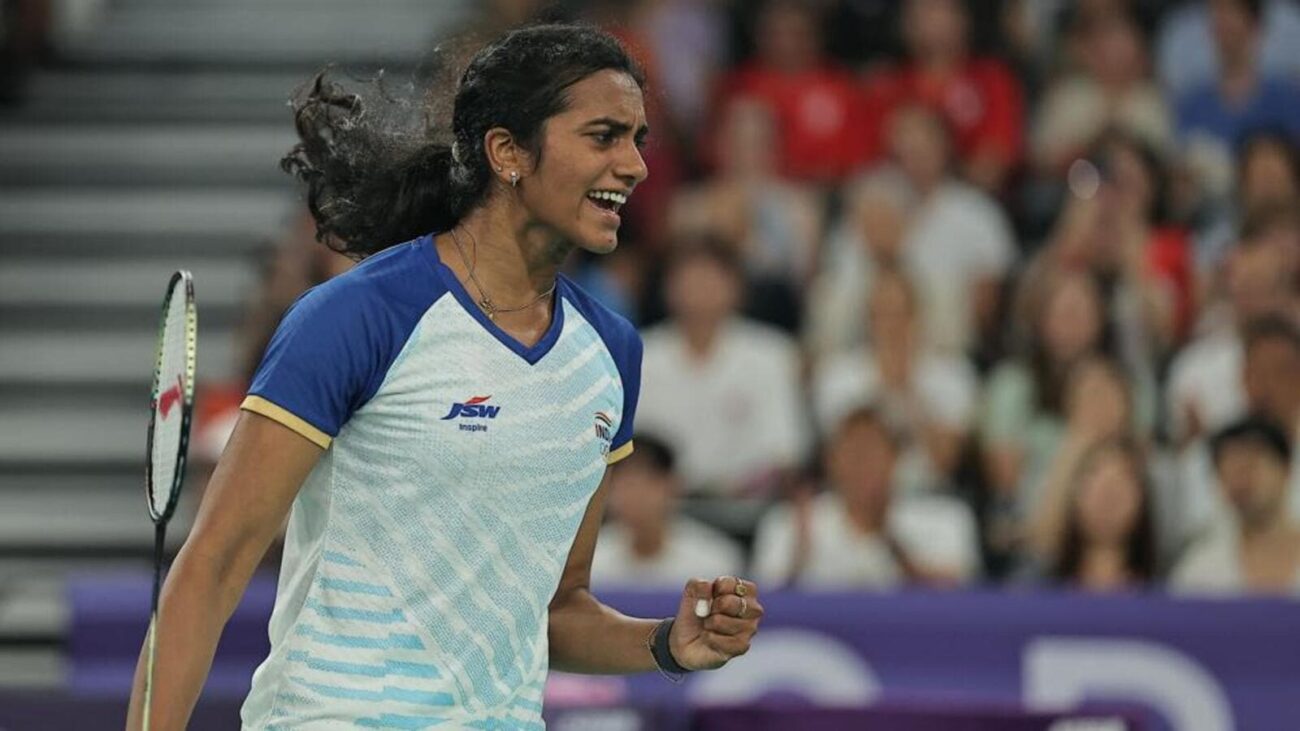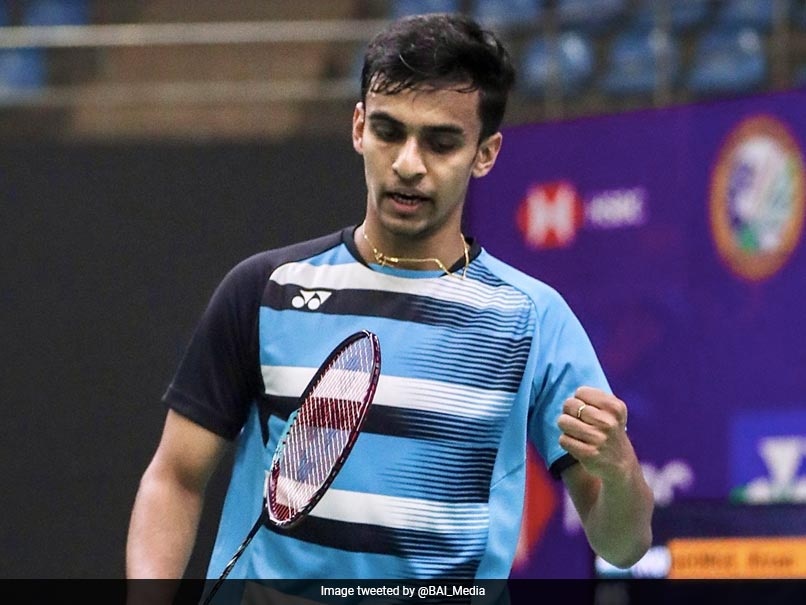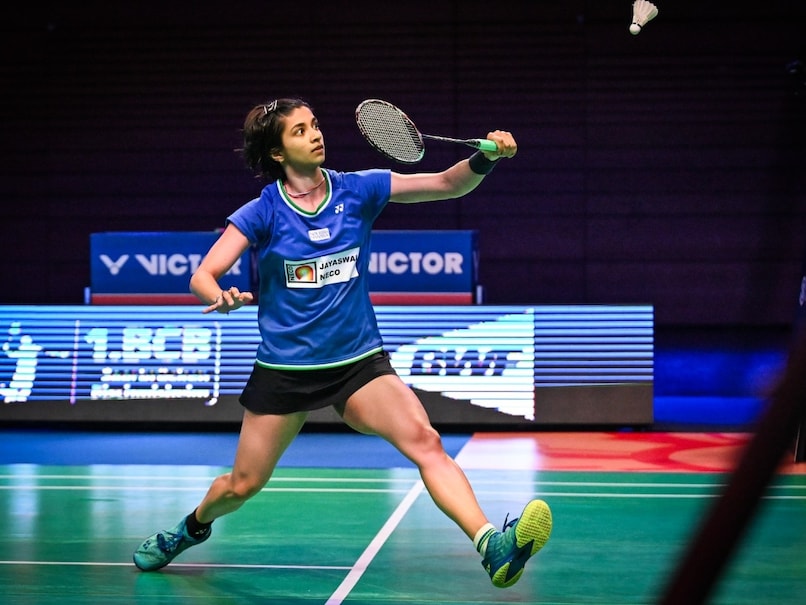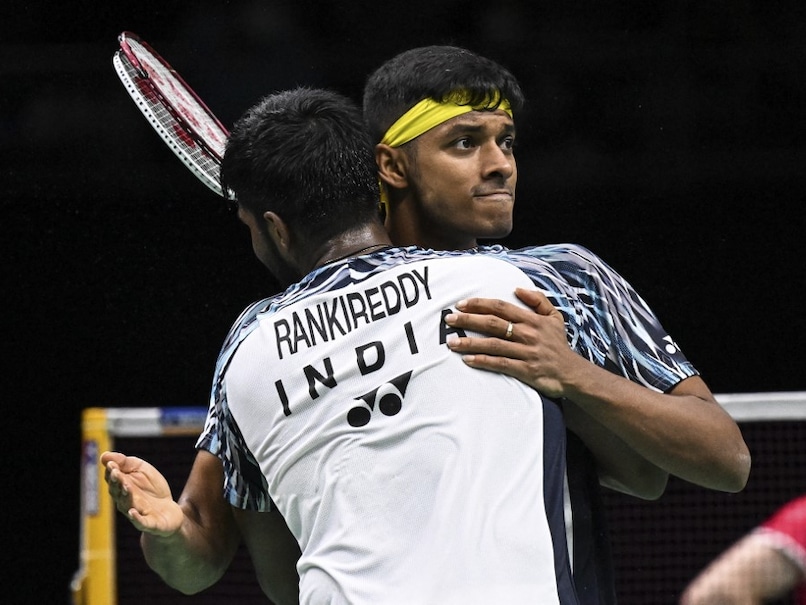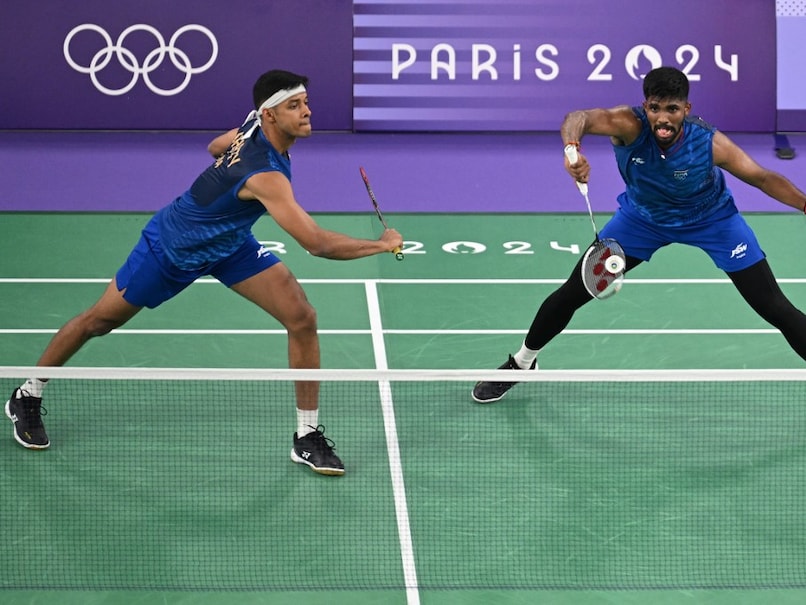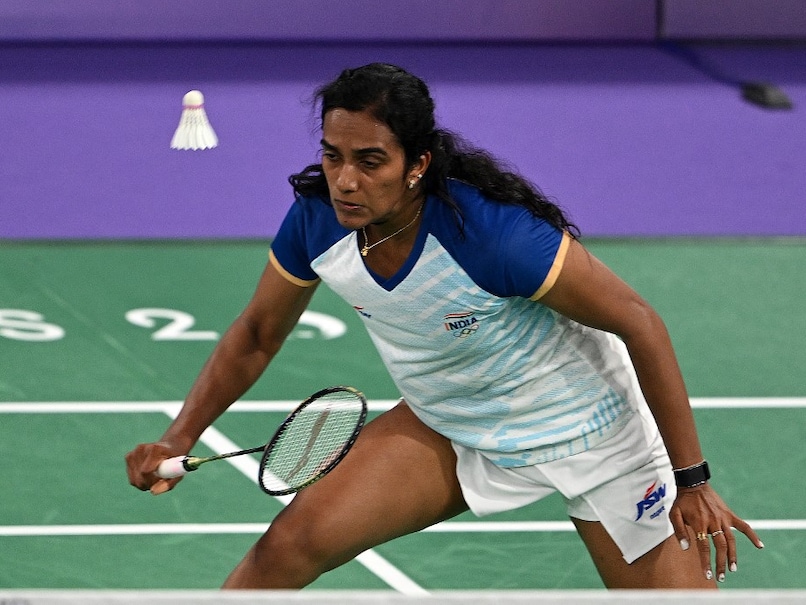Indian badminton has long been dominated by the legendary Saina Nehwal and PV Sindhu. However, a new generation of shuttlers is emerging, promising to fill the void left by these icons.
In recent years, five Indian women have broken into the world’s top 50: Malvika Bansod (No. 36), Aakarshi Kashyap (No. 41), Anupama Upadhyaya (No. 47), Unnati Hooda (No. 50), and of course, PV Sindhu (No. 14). Additionally, seven more Indians rank between 51 and 100.
While talented, this next generation still lacks the experience and consistency of Saina and Sindhu. However, with proper guidance and training, they have the potential to reach the top.
“Every country goes through a bit of a gap,” said Sindhu’s coach, Anup Sridhar. “We have a lot of promising talent, but to expect everyone to be at the same level as Sindhu and Saina would be a bit hard.”
Malvika Bansod has shown great promise, recently reaching the quarter-finals of the China Open, a Super 1000 event. Aakarshi Kashyap is another rising star, known for her aggressive style of play.
Among the juniors, Anupama Upadhyaya, Unnati Hooda, Anmol Kharb, Tanvi Sharma, and Tanvi Patri are all making waves. Anmol, in particular, has impressed with her performances in the Asia Team Championships and the Nationals.
The Badminton Association of India (BAI) is committed to supporting this new generation. They have increased the number of BWF events in India, providing more opportunities for players to compete and improve their rankings.
“Our main job is to take this batch to the next level,” said BAI Secretary General Sanjay Mishra. “If we have 10 talented players, then we should be able to take at least 7-8 to the next level.”
With the right guidance and support, India’s next generation of badminton stars could soon be challenging for Olympic medals.

